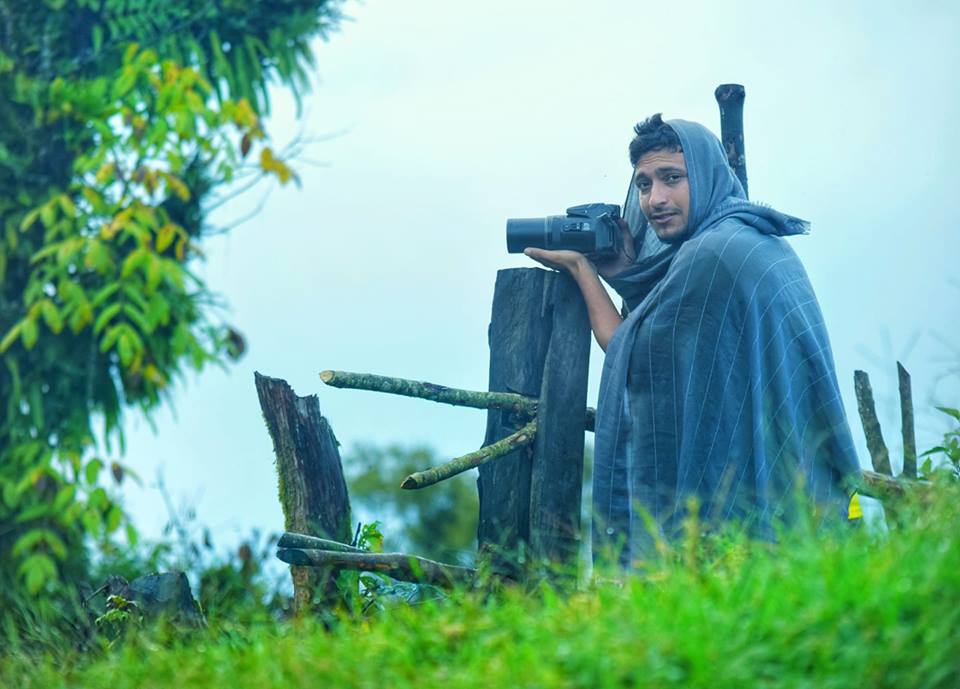This July and August, we’re running a special series of blog posts profiling AOS members around the world, in honor of the recent change to AOS’s bylaws eliminated any reference specifying the Western Hemisphere as the Society’s geographic sphere of influence. This week, meet Prashant Ghimire, a student in Nepal.
What’s your current job title and affiliation?
I just graduated with a Bachelor in Forestry from the Tribhuvan University Institute of Forestry in Pokhara, Nepal.
What are you working on right now?
I study the Asian Woollyneck, which is a kind of stork found only in Asia that is threatened but has not been well-studied. I initiated a research project on the woollyneck in 2016. Our first project was studying its population status in the western lowlands of Nepal, and then we moved to the hills of Nepal to study its nesting behavior and ecology with support from the Rufford Foundation in the UK. Woollynecks nest in tall trees, so finding a good vantage point to study a nest can be difficult, and sometimes we have to climb a nearby hill! We have also conducted educational programs in schools and communities, providing bird identification training and bird guide training and teaching them about our research.
In 2018, I received a Student Research Award from AOS to fund research on the foraging activities of Asian Woollyneck in the western lowlands of Nepal. We studied their foraging ecology by recording and analyzing video of their behaviors in the field, and I just completed my report on this project.

When did you join AOS, and why did you decide to join?
I have been a member since 2018, and I joined because the American Ornithological Society is a global platform. To conserve birds, we must work together, whether in Nepal or in the U.S. or in any other country, because birds are global citizens. But in a developing country like Nepal, we lack some technological advances, so I joined the American Ornithological Society to collaborate with global researchers and scientists.
What do you see as the best benefit of being an AOS member?
The student research award that I received was probably the best thing, but I’m also able to explore different opportunities through the American Ornithological Society. Currently I am searching for opportunities for further studies around the world, so through my membership in the American Ornithological Society I explore different job, research, and scholarship opportunities. I think it is helping researchers like me around the world.

